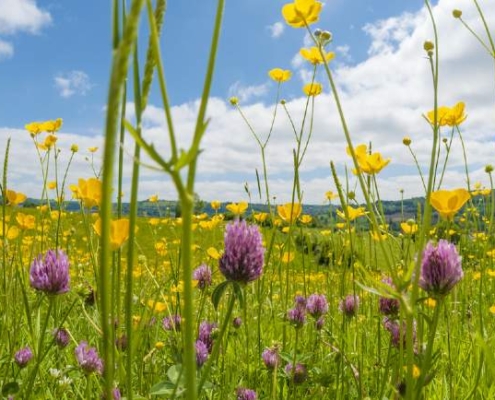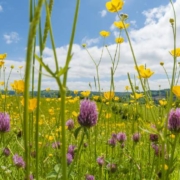Rewilding – what is it?
You may have heard of rewilding, but what is it? Perhaps you’ve seen it in the news or in magazines, seen books at the bookshop, or even had a go at it yourself in the garden. If you haven’t, you may be wondering – what exactly is it?
Firstly, it is no coincidence that rewilding has grown in popularity in the same period that we have become increasingly aware and alarmed at the state of our planet. We’ve all seen news or documentaries about pollinator population decline, mass extinctions, ocean plastic, the climate crisis, soil degradation, droughts, floods, and more.
We’ve come to recognise that nature is our life support system, and despite its resilience and ability to adapt, it is actually quite finely balanced. Through our actions and carelessness, that balance has slipped – with serious consequences for our planet and future generations.

Nature can heal!
The good news is – nature can heal, if given the chance and sometimes a little boost from us. That’s what rewilding is really about – arranging for ecosystems to restore naturally to the point where they can really look after themselves. This means undoing our footprints, and, in places, renewing our relationship with the natural world.
As Rewilding Britain describes:
“Rewilding is a form of ecological restoration where the emphasis is on humans stepping back and leaving an area to nature, as opposed to more active forms of natural resource management.”
The need for only ‘passive management’ is a bonus side effect of a good rewilding project. Nature may need help getting back to previous balance, but once there, it is pretty good at looking after itself – after all, it did pretty well for a very long time before human activity expanded and left such a large footprint!
Check out www.rewildingbritain.org.uk to find out more about this exciting and educational process!



